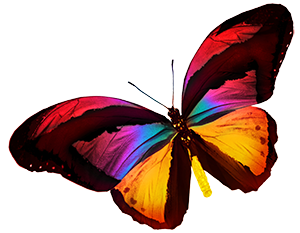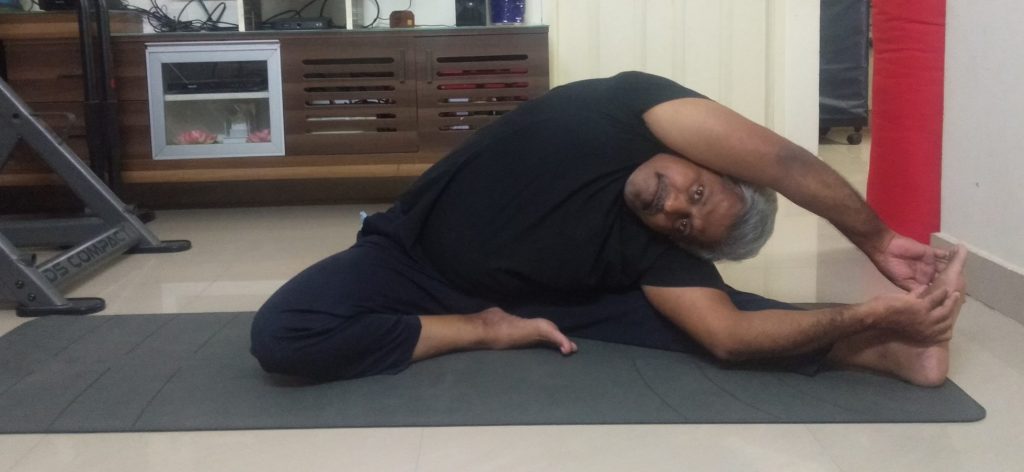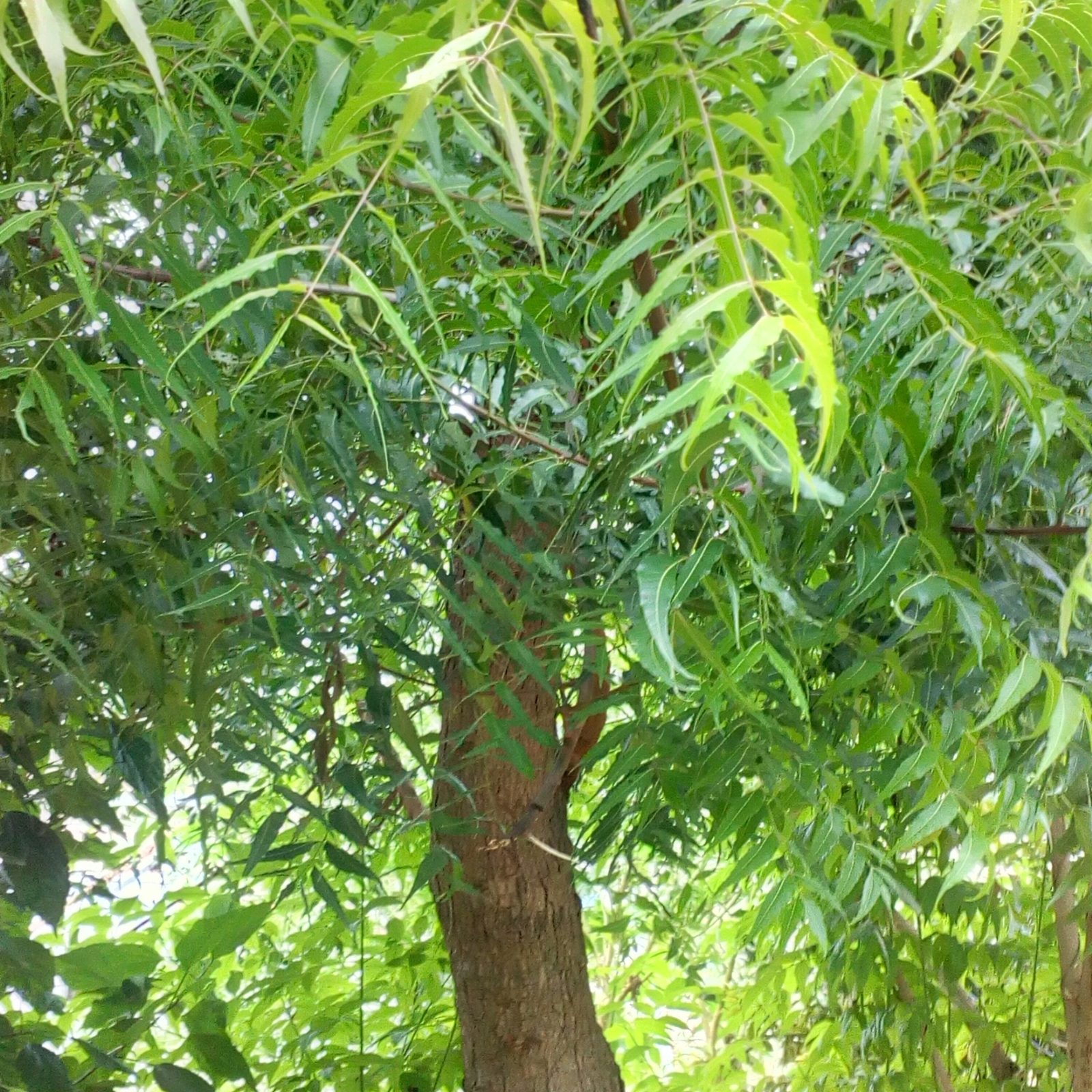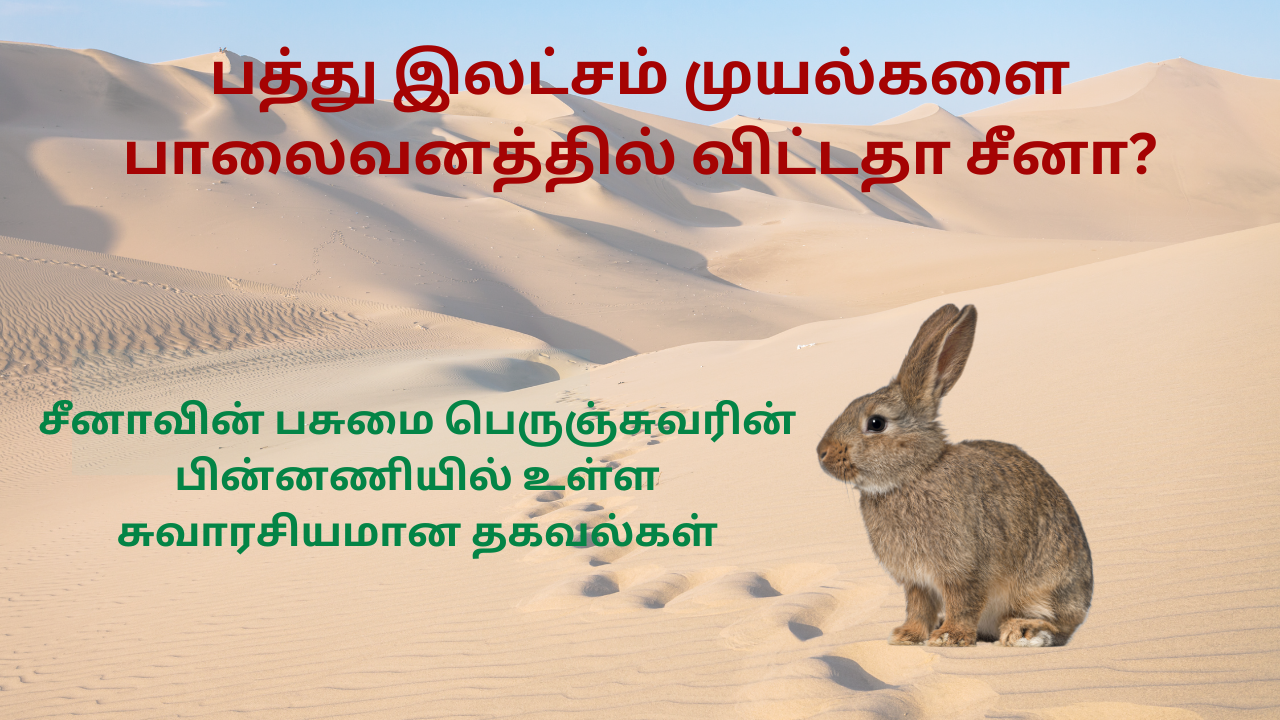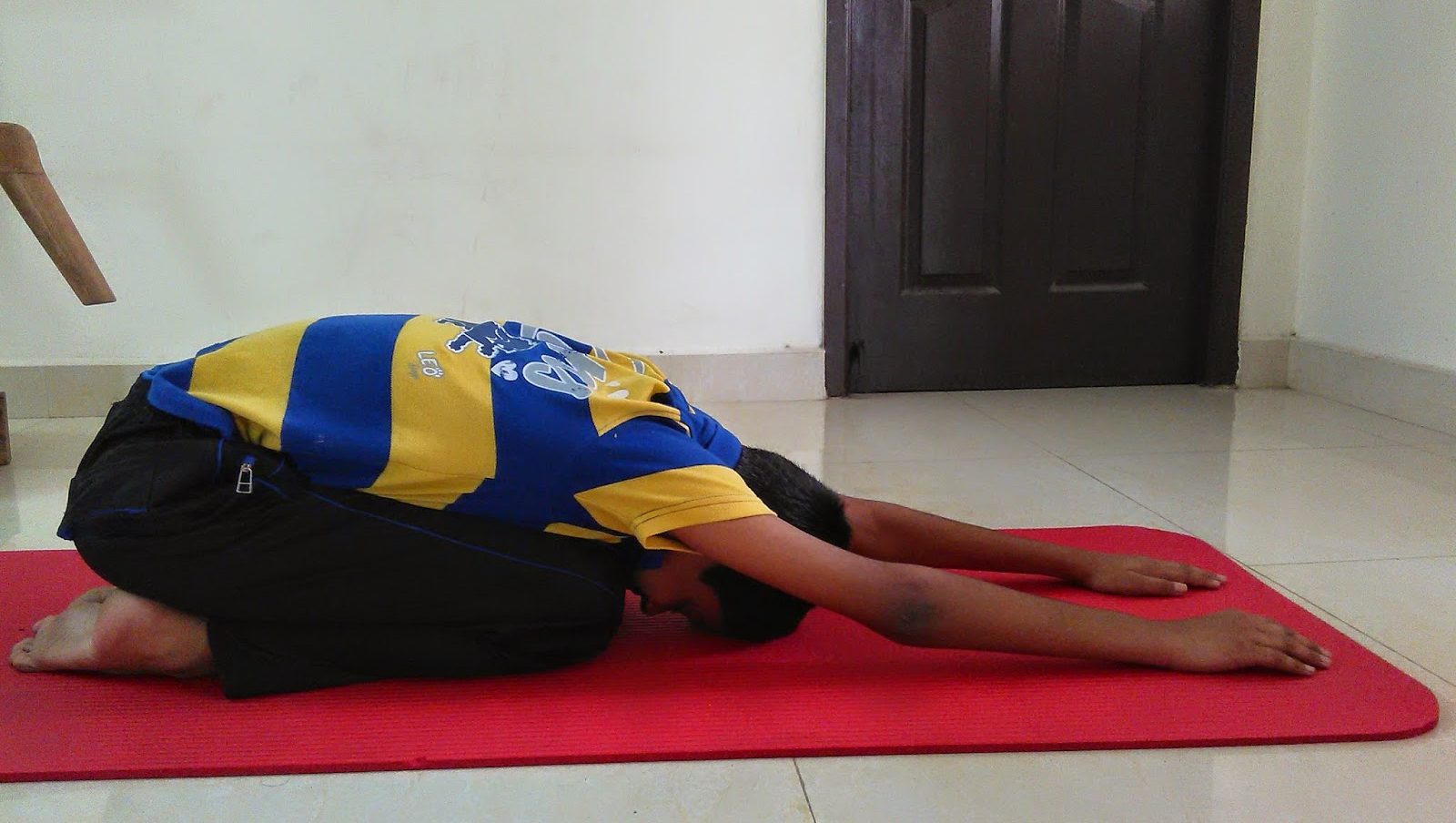In an earlier post of ours, we had covered the benefits of Head-to-Knee Pose and instructions on how to perform the pose. In Revolved Head-to-Knee Pose, you stretch your hand over your body to hold the stretched leg. ‘Parivrtta’ in Sanskrit means ‘to revolve’, ‘janu’ means ‘knee’ and ‘sirasa’ means ‘head’.
Revolved Head-to-Knee Pose stimulates performance of digestive system. Not just the spine, it stretches the whole body. The pose stimulates navel chakra and sacral chakra and enhances their performance.
To check the benefits of Head-to-Knee Pose and how to do the pose, click here.
Other Benefits of Revolved Head-to-Knee Pose
- It improves lung function.
- The pose strengthens liver.
- Regular practice of the pose helps to improve kidney functions.
- Hips get strengthened.
- Those with low back pain find relief with regular practice of the pose.
- It is an effective yoga pose for insomnia.
- It promotes calm.
Step-by-Step Guide
- Sit on the yoga mat. Keep your legs far apart from each other.
- Fold your right leg and place the right heel on the inner side of the left thigh on the floor.
- Inhale as you lift your hands over your head.
- With exhalation, bend towards your left.
- Hold the left foot with your left hand.
- Bring your right hand over the body and hold the left foot.
- Look straight.
- Hold the pose for 20 seconds. Repeat the same with the other leg.
Note
In case of difficulty in stretching the leg you can keep the knee slightly bent.
In case of difficulty in bending, place a folded blanket or yoga block under the stretched leg.
You can hold the feet using yoga strap.
Those with severe spine conditions, shoulder pain or neck pain should refrain from practicing the pose.
Those with severe pain in low back should also avoid performing the pose.

Yoga Pose for Day 37 – Crow Pose (Kakasana)
Crow Pose resembles the shape of crow and hence the name. ‘Kaka’ in Sanskrit means ‘crow’. The crow’s legs are very strong and hence using our hands as legs in this pose strengthens our hands. Crows

Yoga Pose for Day 35 – Scale Pose / Elevated Lotus Pose (Tulasana)
In Sanskrit, ‘Tula’ means ‘scale’. Here, scale refers to balance, that is holding the weight of the body with hands in a balanced state. The pose is also called Elevated Lotus Pose in English.
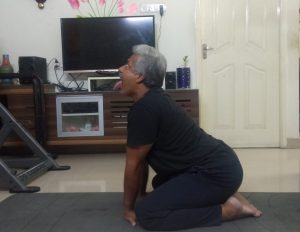
Yoga Pose for Day 34 – Lion Pose (Simhasana)
In Sanskrit, ‘Simha’ means ‘lion’. The tongue of the lion is a weapon in itself. Lion’s tongue has the power to tear its prey’s body. Roaring in Lion Pose strengthens platysma, which is a sheet of muscle that extends from collar bone to the angle of the jaw. It promotes
